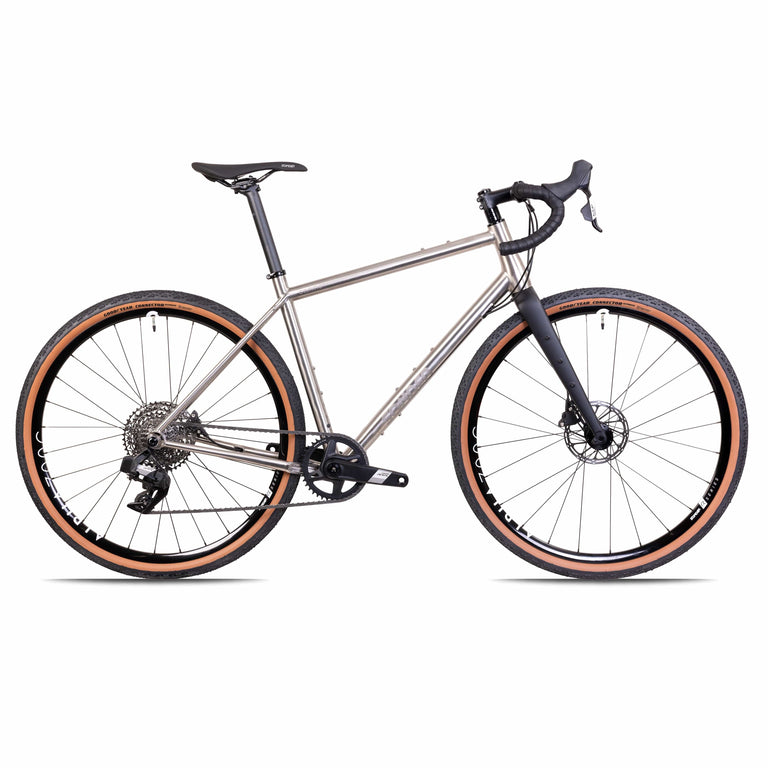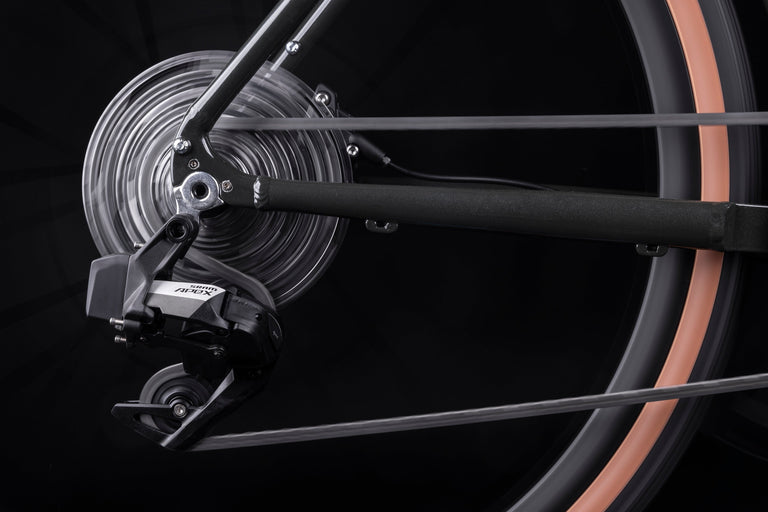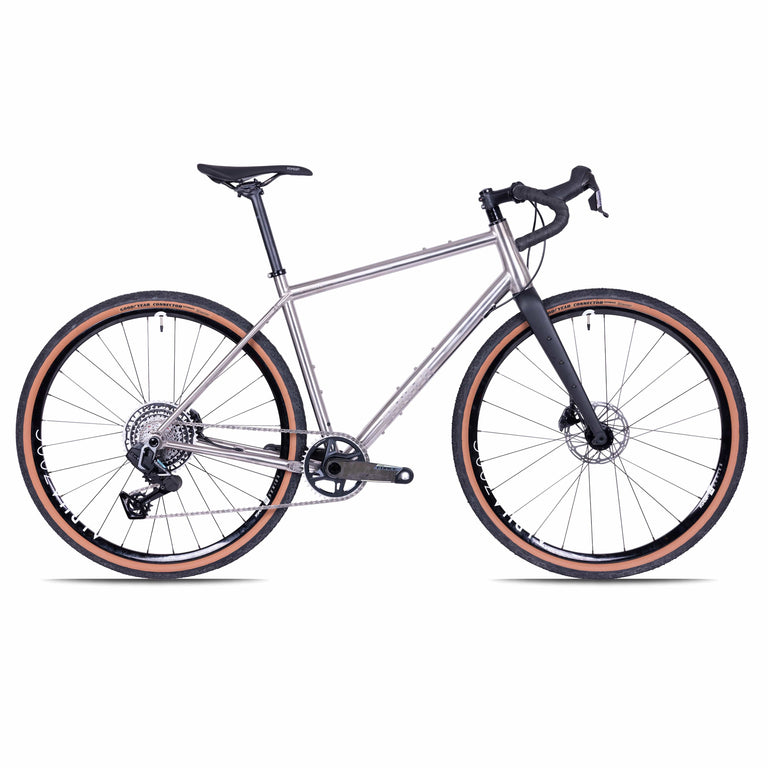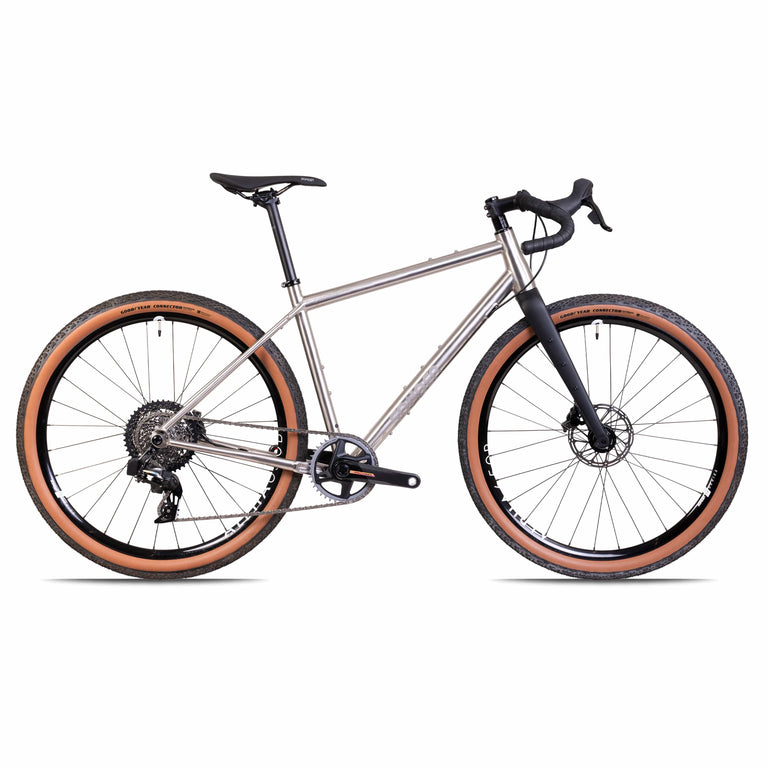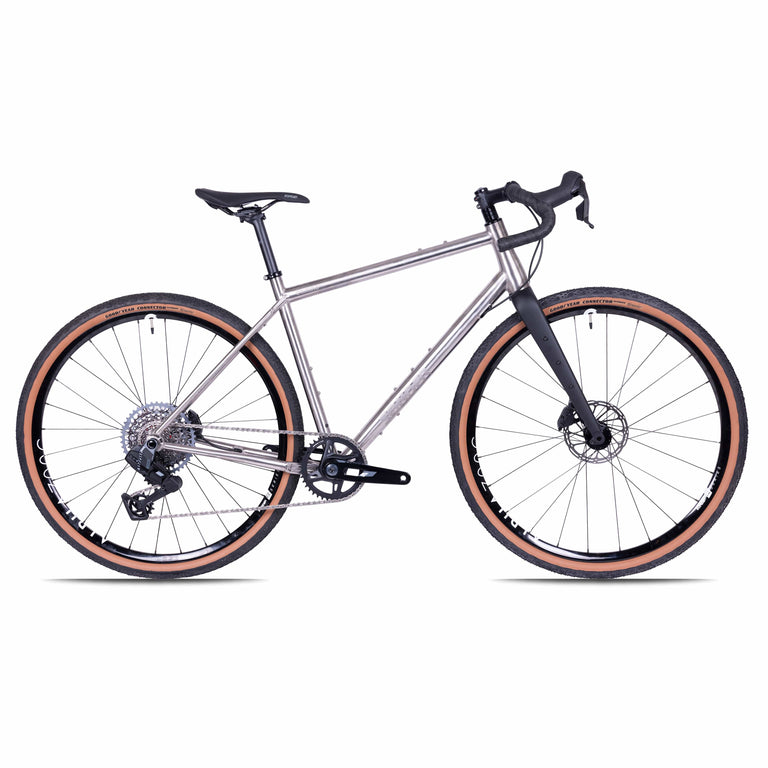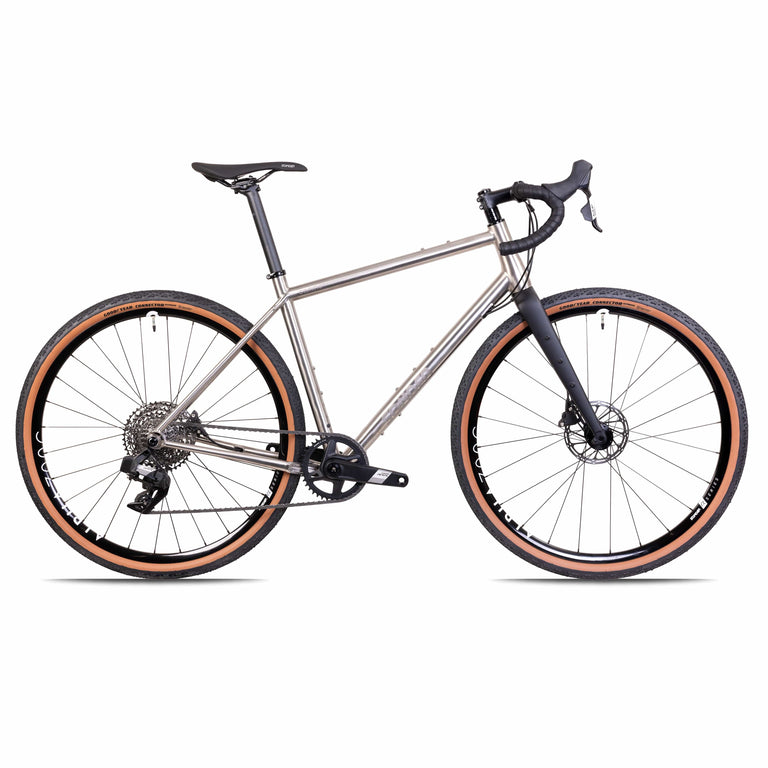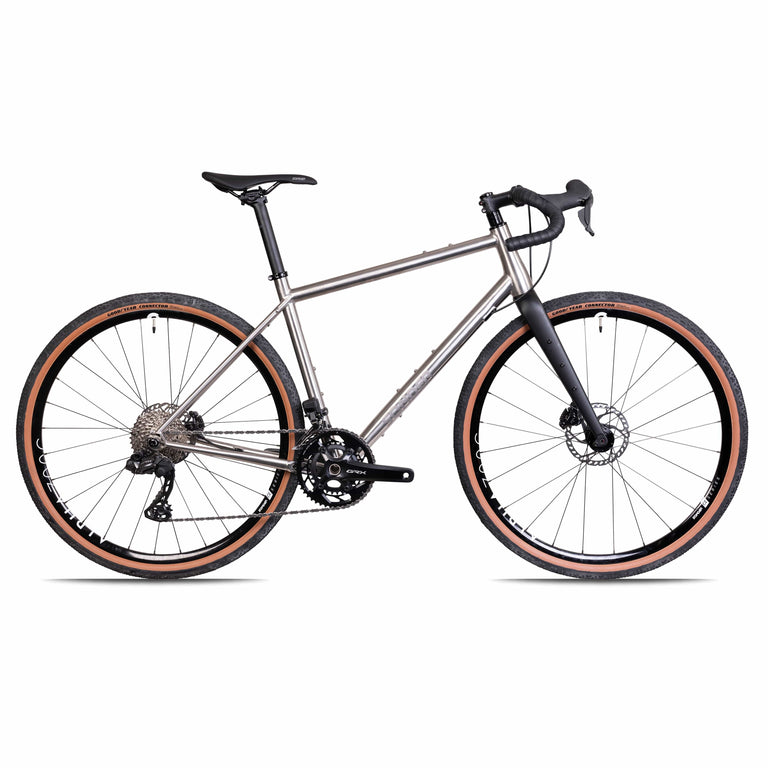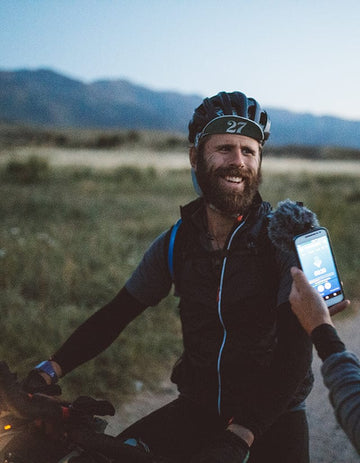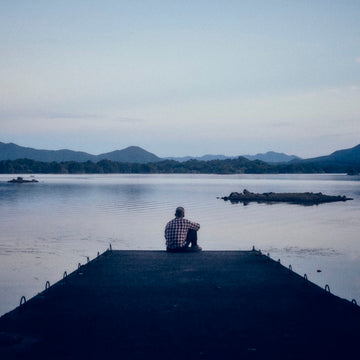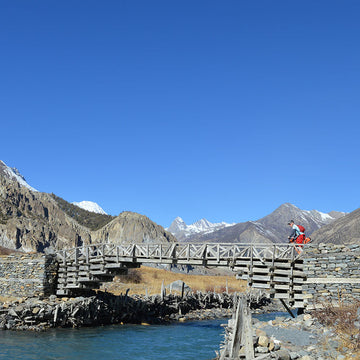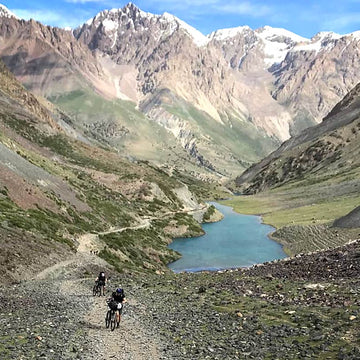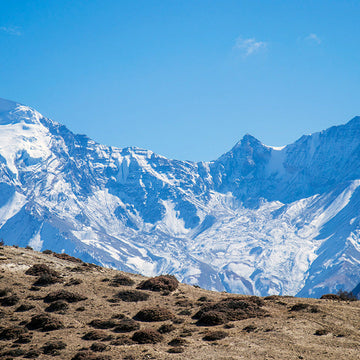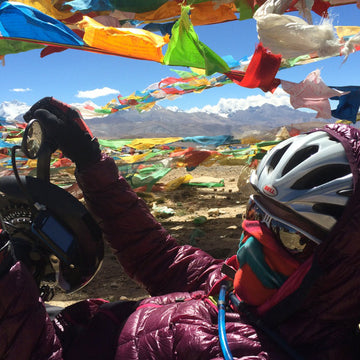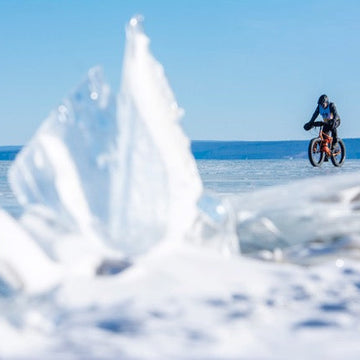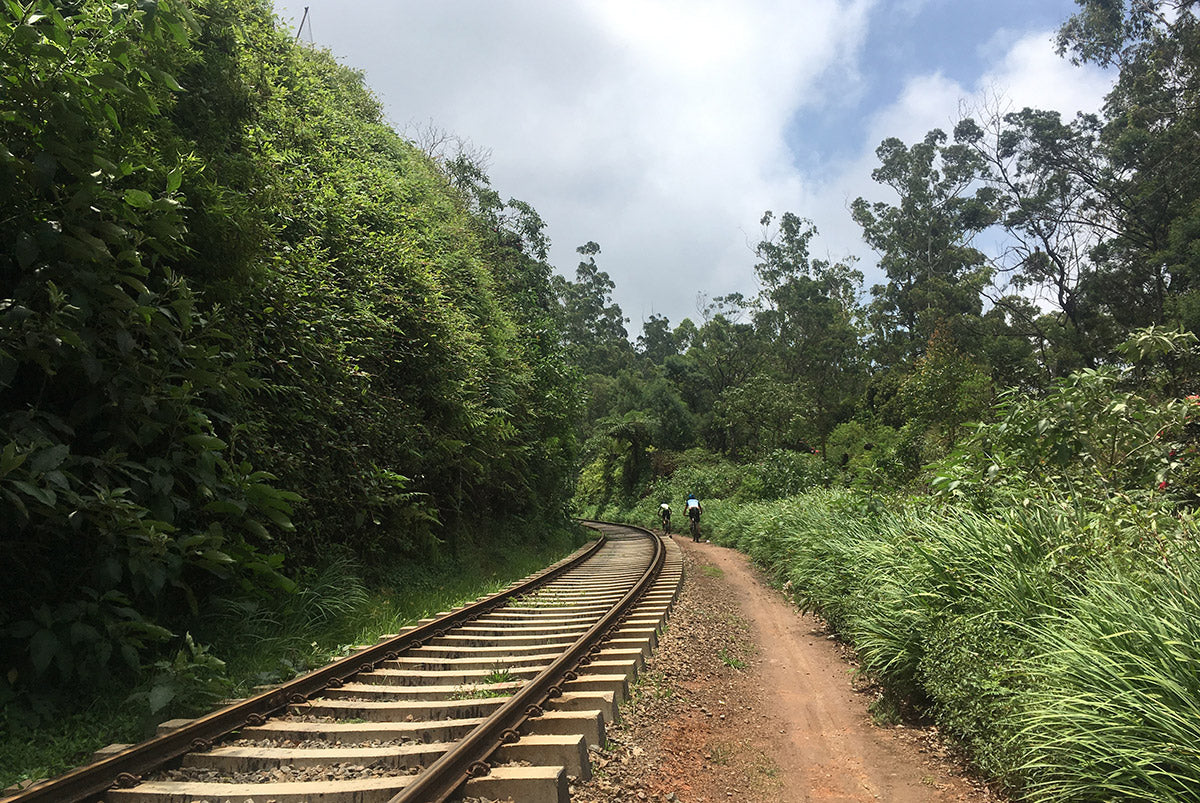
Delving into the heart of the jungle, embarking on a thrilling expedition shrouded in mystery.
“Do you fancy going out to Sri Lanka for The Rumble?” was a bolt out of the blue from my friend, the Race Director at Yak Attack, Phil Evans. “In fact we’re going out three weeks early to recce the trails if you fancy that too?” was his second question.
“Erm. not sure. I’d like to. err. stuff it, yeah” My initial hesitation was due to the fact that I had an impending shoulder operation (which I’d been putting off for four years), and really, I needed to get it done. However, the “stuff it” principle (or similar words) came into effect and bypassed any modicum of common sense.
The timing was also perfect; I was working away in London, and we would be flying out exactly a week after my contract finished.
I fished my bike from the travel bag in the garage. It hadn’t actually been unpacked since returning from my previous trip to Nepal four months before, and some TLC was required. A thorough service, a new front rotor (thank you baggage handlers), and some fresh Alpkit stickers had it looking trail-worthy in no time. I managed to fall off on a short test ride and scuff my leg, which was ideal preparation, and then re-packed it ready for the ten hour flight to Colombo a few days later.
The Rumble in the Jungle is a four-day stage race through the Sri Lankan highlands. I raced the inaugural event in 2014, and to be honest, it’s a bit of a bruiser. My recollections of it, although occluded by the passing of time, were of the savage heat in the jungle stage, brutal climbs throughout, and a couple of truly great descents. Pound-for-pound it’s probably one of the hardest races out there. At just four days, even though it’s tough, it is still perfectly within the realms of any decent recreational rider.
Our mission, Phil, myself, and - Nepal National Champion – Ajay Pandit Chhetri, was to recon the existing routes and then see if we could find some new stuff to freshen it up a bit.

Technology is a wonderful thing, and we spent a lot of time scouring Google Earth in the evenings and Google Maps during our rides to sniff out potential trails. We chased a few ghosts, found great sections that we couldn’t quite link up (partially due to a thousand-foot drop), and had a particularly interesting altercation with a Tamil village which concluded with twenty people and a priest getting arrested – I’ll tell the story sometime - and plotted an entirely new Stage Four which we couldn’t use in the end due to being refused permission from one tea plantation superintendent (the meany).
We did eventually manage to put it all together. A minor change to Stage One kept riders on dirt instead of black-top. Stages Two and Three had about 50% new trail each, which the racers loved. And Stage Four had to stay the same – hopefully next year the permissions will be in place and it will finish the race off really nicely.
My job during the race, over the 300 or so kilometres of riding and 8500m of climbing, was to act as race sweeper, present the stage briefings (Phil hates public speaking), and field front-line questions from the riders. Sweeping can usually mean a very long day and this time was no exception.
Stage Three – 60km/2780m - Kalupahana to Nuwara Eliya (Gamini De Silva memorial stage) – takes in the stunning Horton Plains National Park at 2100m above sea level and offers the riders a chance to spot wild elephants if they’re lucky. The route takes in Sri Lanka’s highest waterfall, Bambarakanda, crosses the highest plateau, and finishes in the highest town, Nuwara Eliya; with a few other highs and lows in between.
We began with an 18km downhill group ride, then straight into an uphill rolling start. 1300m of ascent over 17km. It’s another of those infernal climbs that get harder as you go higher (I like them, but I’m an idiot). It begins on black-top before progressively deteriorating (or improving) to concrete and finally to a great rocky trail (the top section is very similar to some of my local Peak District trails so I’m right at home on it). It’s also brutally steep in places but undulates enough to get in periods of recovery too. It’s a great climber’s climb. I spent the early part of the climb in the company of a few new riders, I think most were being cautious, but the pack soon began to split and I was left with Shanith Muhandiramge (Sri Lanka) and Pamela Zuloaga (Spain). Pamela had been unsure about tackling todays “Queen” stage so it was great to be able to give her some encouragement.

In my experience, the women always prove to be tougher than the men, and it’s very rare that a female racer ever drops out. Perhaps halfway up the climb Pamela’s partner Alfredo was waiting for her so that they could ride the stage together (he’s a very nice guy). The climb pops out onto a sealed road that bisects the park and to the handily positioned water station. I hung out for a while chatting with some of the LSR team (LSR do the logistics for us) until everyone went past. The water station is something of a false summit and the climbing continues sharply on the road for quite a while before it rolls a little more gently across the high plateau. Sadly, the elephants were conspicuous only by their absence. Fortunately, the views across the open plain more than made up for it; Sri Lanka is a stunningly diverse island.
Sonder Bikes
Camino Al Apex1 AXS XPLR
- Sram Apex AXS XPLR 12-speed groupset
- Sonder Nova I25 Gravel UK Made wheelset
Camino TI Apex1 AXS XPLR
- Sram Apex AXS XPLR 12-speed groupset
- Sonder Alpha I25 Gravel UK Made wheelset
Camino Al Rival AXS XPLR
- SRAM Rival AXS XPLR 13-speed groupset
- Sonder Alpha I25 Gravel UK Made wheelset
Camino TI Force AXS XPLR
- SRAM Force XPLR 13-speed groupset
- Sonder Alpha I25 Gravel UK Made wheelset
Camino TI Rival AXS XPLR
- SRAM Rival AXS XPLR 13-speed groupset
- Sonder Alpha I25 Gravel UK Made wheelset
Camino Al Apex1 Flat Bar
- SRAM Apex 12-speed groupset
- Sonder Nova I25 Gravel UK Made wheelset
Camino Al 105 Di2
- Shimano 105 R7170 Di2 12-speed groupset
- Sonder Alpha I25 Gravel UK Made wheelset
Camino Al Frame And Fork
- 6061 aluminium frame
- Gravel geometry
- Carbon monocoque fork
- Huge tyre clearance


